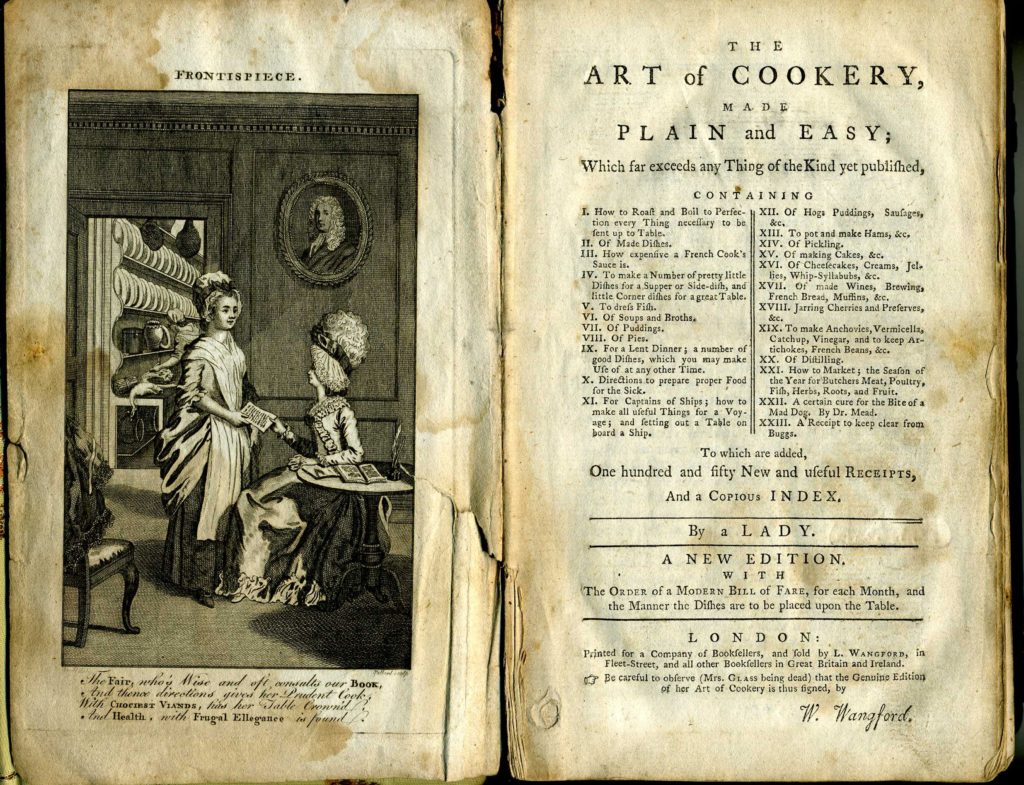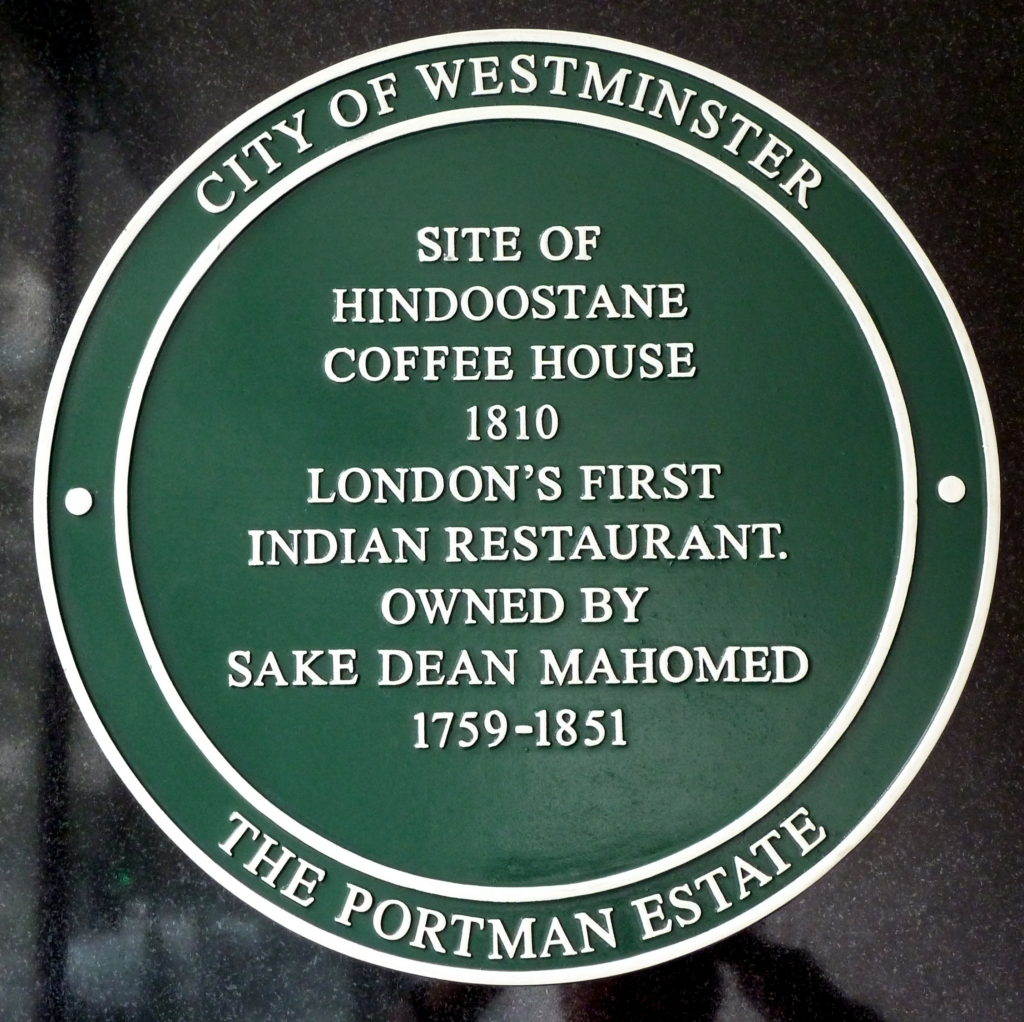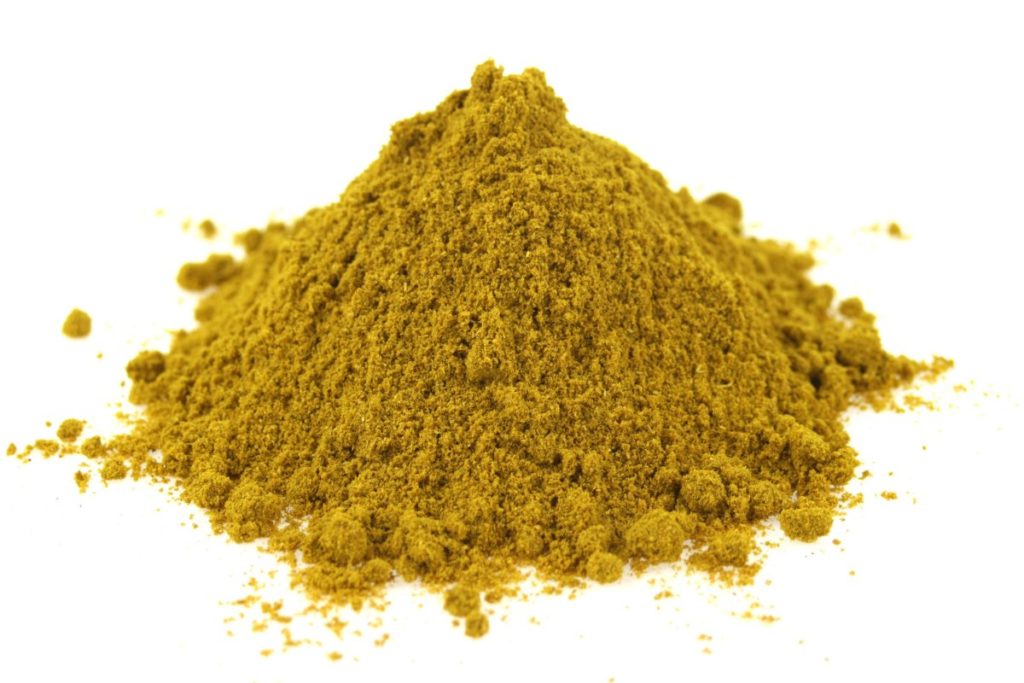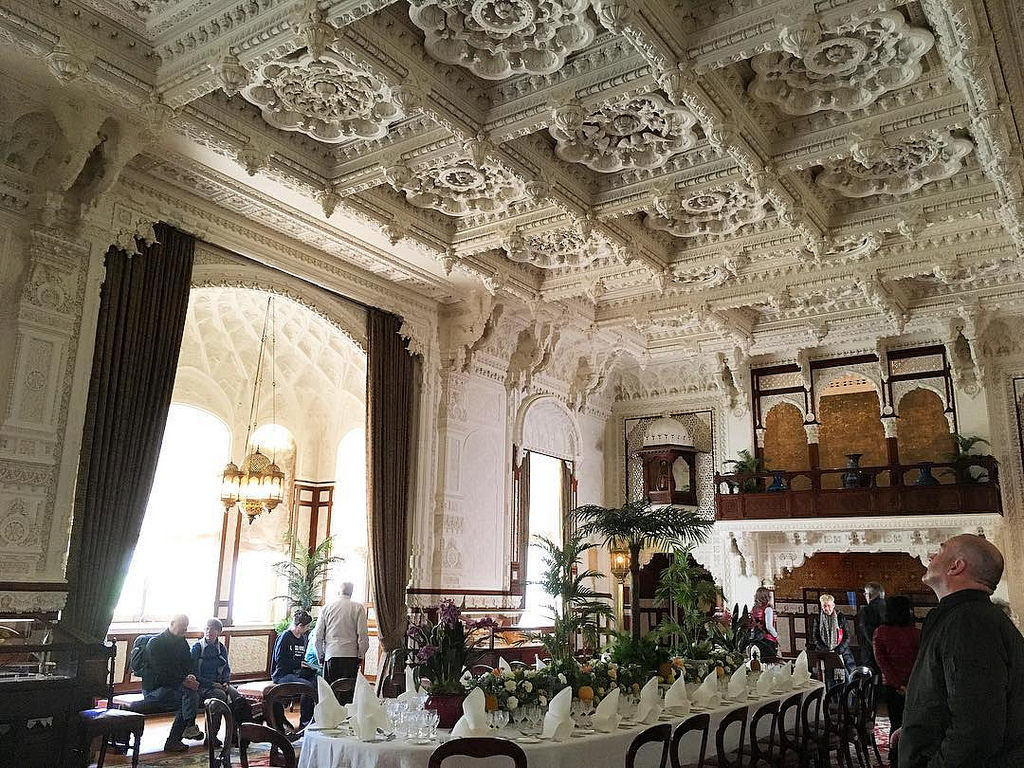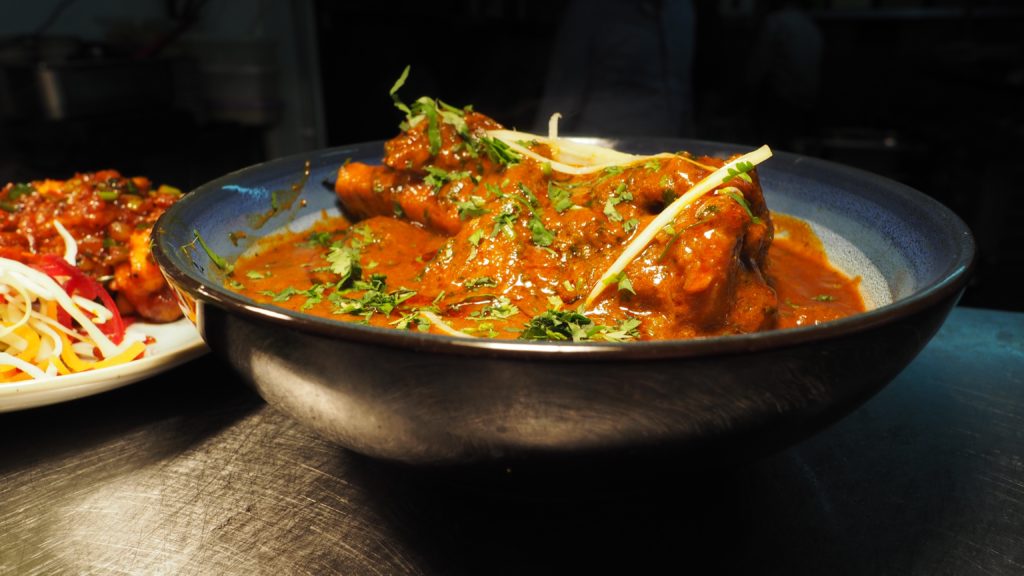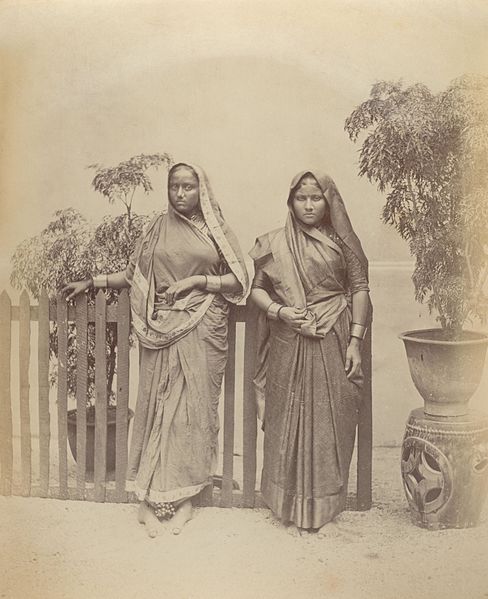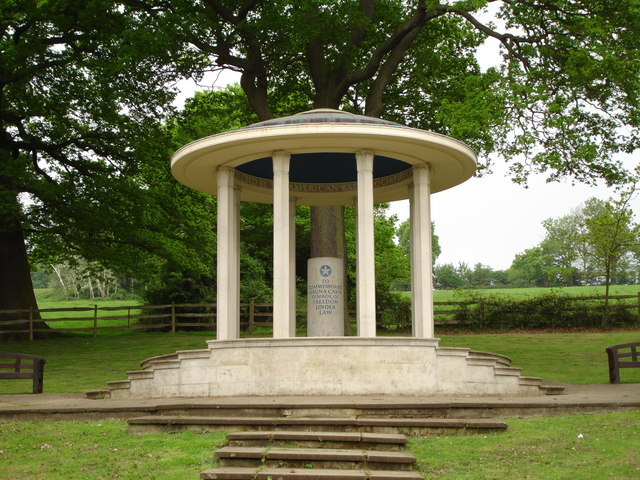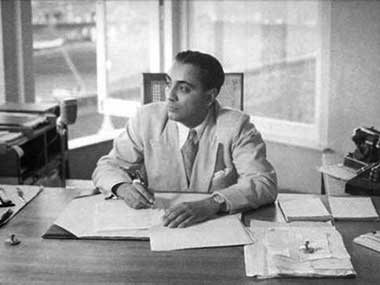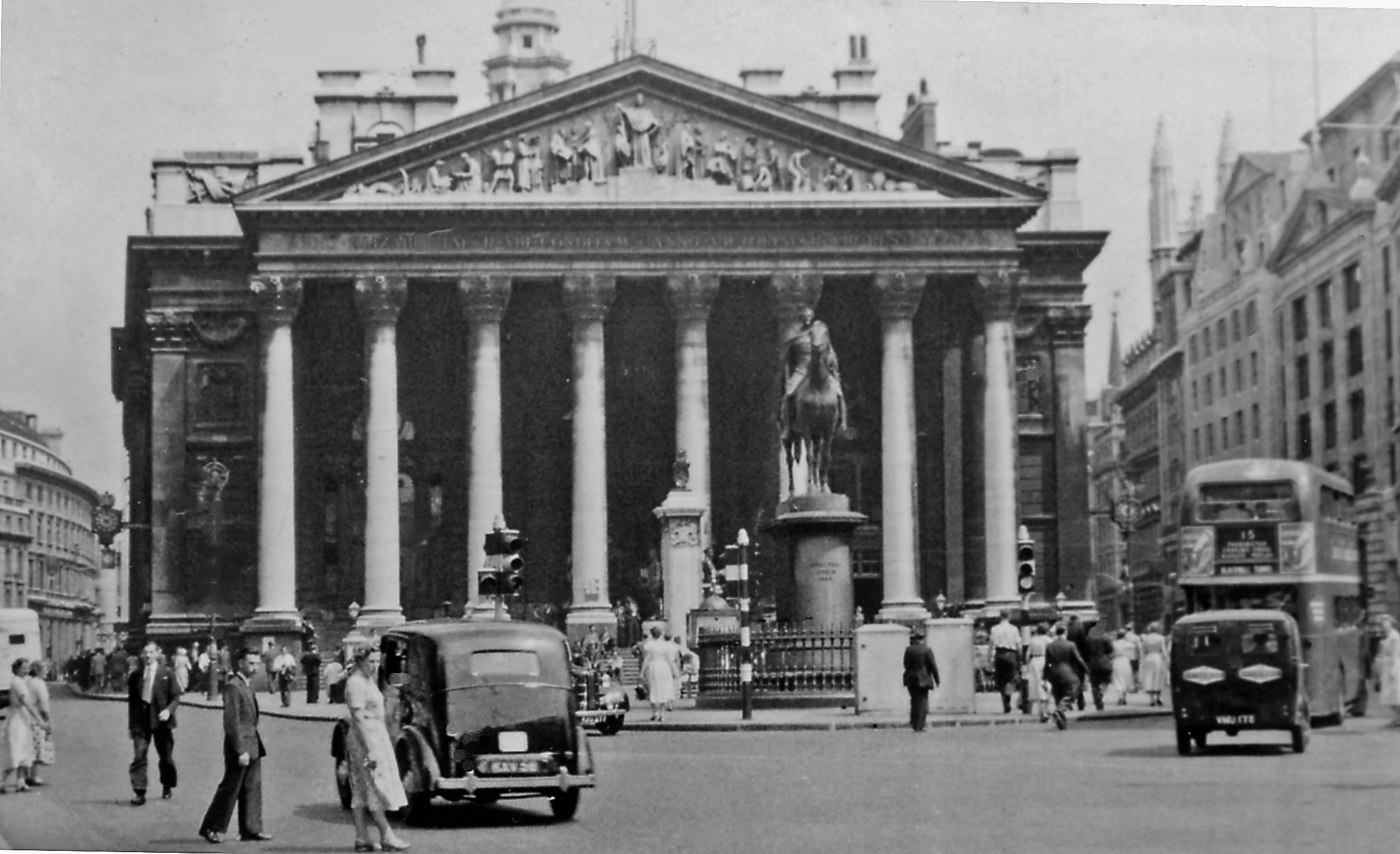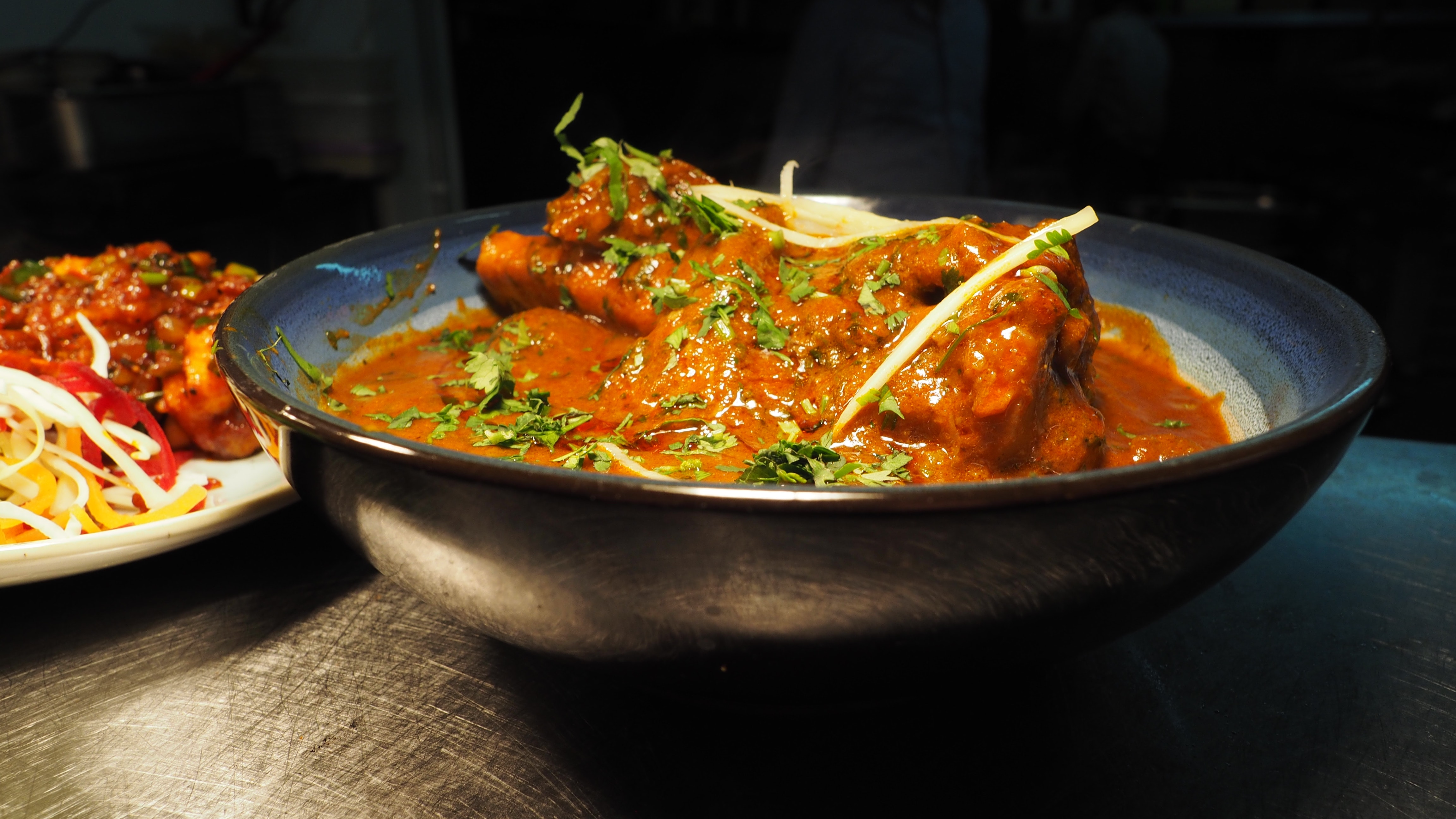
The Aromatic Romance of Indian Curry
The Aromatic Romance of Indian Curry
The Indian Curry has journeyed across time and place becoming the oldest continuously eaten dish on the planet!
The sumptuous smell of burnt garlic and fried brown onions enter my nostrils. The hot smell of spices fill the air. The mouthwatering taste of garam masala topped off with turmeric, chilli powder and pepper dazzles me, I can feel its taste on my tongue. It is then that I know; the most fulfilling meal awaits me. I am ready to tuck in!
These rather illustrious sentiments of mine were shared by the colonists who came to the Indian shores in the 17th century. They might have come to trade or plunder this rich land, dominate their culture over the people of this subcontinent. What these colonists were definitely not ready for was the spicy aromatic flavours of the native food that hung over a village street, dancing on the wind, inviting every passerby to stay for lunch.
It was because of this addictive food that kept evolving with the myriad communities of the Indian society that the British might have gotten confused with what to call a standard Indian meal.
Even today when someone remarks about their love for ‘Indian Food’ I often wonder what that is. Do they mean the Xacuti or the Fish Curry the Goans cook or the ghee based gravies of the North, Dal Bati of Rajasthan, the Mangalorean curry or the food cooked using mustard oil in Bengal?
To save time explaining to the uninitiated about the variety of food in India, ‘curry’ seemed the best alternative.
In 1747, Hannah Glasse wrote a recipe book titled ‘The Art of Cookery Made Plain & Easy’. It was in this book that Ms Glasse mentions recipes for ‘pilau’ and ‘currey’.
The origin of this word ‘Curry’ however has its own discrepancies.
Some believe it comes from the word Kari in Keralite whereas the others thing this word is more french.
Despite this debate what is agreed upon is that ‘Curry’ has been a part of the Indian lunch menu for not just 300 odd years but probably 4500 years!
In a study done at the University of Washington at Vancouver recently, archaeologists Arunima Kashyap and Steve Weber found evidence of turmeric and ginger in the residue and teeth samples taken from the Indus Valley Civilisation, one of the world’s oldest civilisations.
More evidence was found in the tandoori style ovens these ancient people had built.
So from the Indus Valley Civilisation, the idea of a ‘curry’ has transcended time and geography. A few thousands of years later in the 18th century, curry took its longest journey ever to the foreign shores of Great Britain. It was here that it would start an undulating love affair with the Britons.
One of the first men to travel from the Indian subcontinent to Britain was a Sake Dean Mahomed.
He set shop in a posh neighbourhood in the city of London. He called his restaurant the Hindoostane Coffee House. Visitors would be treated to the best quality food and the finest of wines. They would sit on custom made bamboo sofas too.
Unfortunately this idea of a Coffee House that served Indian food was not what the rich wanted. They had enough money to employ Indian cooks in their own household and get the food made whenever they pleased. Mahomed had to file for bankrupt 3 years later in 1813.
However in the slightly less privileged backgrounds of society, Indian curries were quite the rage. Special cafes opened up which offered quick meals made to suit the average British palette. The Britons enjoyed this quick spicy warm meals and came back for more.
The idea of a ‘curry powder’ also began picking up. This is a foreign concept in India since such a product doesn’t exist in Indian markets yet. But in a typical British store you’ll find a large stock of curry powder. Back in the day, 18th century Britons loved the curry powder especially since curry made their brains stronger at least thats what the advertisement said.
The Curry was advertised in a British magazine in 1784 as-
“It is exceeding pleasant and healthful- renders the stomach active in digestion- the blood naturally free in circulation- the mind vigorous and contributes most of any food to an increase of the human race”
Since the curry was much spicer and a burst of flavour in the dull British buffet, Britons adored the very British version of Indian food.
Gradually, the method of cooking evolved to include turmeric, cumin and fenugreek too.
———————————
If you liked reading ‘The Aromatic Romance of Indian Curry’
You may also like to read- The Journey of Samosas
——————————–
Queen Victoria was herself in love with everything Indian. When she became the Empress of India, Queen Victoria ordered for a ‘Durbar’ room to be built at Osborne House just like the Delhi Durbar. Osborne House was close to Victoria’s heart since her beloved late husband Prince Albert had built it. After his death she spent a lot of time here. The ‘Durbar’ Room was designed as a State Room made to hold court and opulent dinners.
Victoria’s subjects followed their Queen’s example and ditched the British pies, cold pots and cold meat for the warm spicy and tasty curry.
When the sumptuous aromas of curry battled for dominance with the stench of the Industrial Revolution, the blow came as a news from the Jewel of the British Raj itself. The year was 1857 and this British colony was in an uproar.
What the British called the Indian Mutiny, the Indians call the First War of Independence.
After 1857, all things Indian were boycotted in Britain including the favourite of the yesteryears, curry. This waning love for curry would last almost 90 years.
In 1940s, the British had had enough of the war rations. As new ideas emerged and made people try out new things, curry was on the top of the list.
The love affair which had been repressed for almost a century had stirred again.
A warm meal of rice and a nice hot Indian curry became a favourite with the people who had spent their evenings in a British pub. The Indian curry was now a post-pub meal!
———————————
If you liked reading ‘The Aromatic Romance of Indian Curry’
You may also like to read-The Story of Chocolate Bars
——————————–
From such beginnings the Chicken Tikka Masala has made its way to the top food items that the British love and eat regularly.
Each October, Britain celebrates ‘National Curry Week’. The curry has been famously declared to be a national dish of Britain too!
You must know that this British curry is just so, very British. The Chicken Tikka Masala which finds its roots in Britain and not like most believe in India. For an Indian, the British Chicken Tikka Masala is made from tomato puree and sweet to taste but for a Briton, it’s a very spicy dish indeed.
It is at such times I really feel lucky to call such delicious food my own. After all, there is something very satisfying about filling yourself to the brim with a warm dish of chicken masala, fried fish, fish curry and rice with pickle and onions to go with.
What is your favourite Indian food recipe?
Did You Know
From the ancient Indus Valley Civilisation till its journey from India to Britain and then across the world, the idea of ‘curry’ has evolved a lot. This concept of a ‘curry’ is so diluted that its almost impossible to define a curry!
But despite this the curry is officially the oldest continuously prepared dish on the planet!
If you enjoyed reading ‘The Aromatic Romance of Indian Curry’ do share it with your friends on social media too!
The Aromatic Romance of Indian Curry Do you like curry? http://giglee.in/the-aromatic-romance-of-indian-curry/ Click To Tweet





